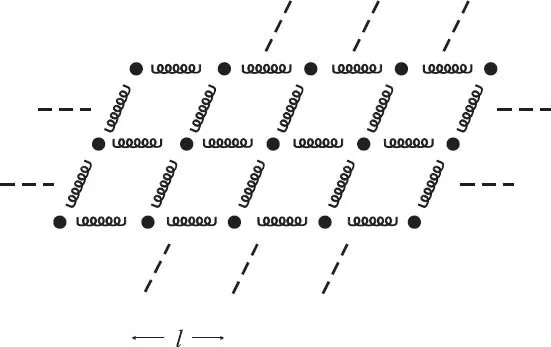
Quantum Field Theory in a Nutshell
Second Edition
Anthony Zee
- 608 pages
- English
- ePUB (adapté aux mobiles)
- Disponible sur iOS et Android
Quantum Field Theory in a Nutshell
Second Edition
Anthony Zee
À propos de ce livre
A fully updated edition of the classic text by acclaimed physicist A. Zee Since it was first published, Quantum Field Theory in a Nutshell has quickly established itself as the most accessible and comprehensive introduction to this profound and deeply fascinating area of theoretical physics. Now in this fully revised and expanded edition, A. Zee covers the latest advances while providing a solid conceptual foundation for students to build on, making this the most up-to-date and modern textbook on quantum field theory available.This expanded edition features several additional chapters, as well as an entirely new section describing recent developments in quantum field theory such as gravitational waves, the helicity spinor formalism, on-shell gluon scattering, recursion relations for amplitudes with complex momenta, and the hidden connection between Yang-Mills theory and Einstein gravity. Zee also provides added exercises, explanations, and examples, as well as detailed appendices, solutions to selected exercises, and suggestions for further reading.
- The most accessible and comprehensive introductory textbook available
- Features a fully revised, updated, and expanded text
- Covers the latest exciting advances in the field
- Includes new exercises
- Offers a one-of-a-kind resource for students and researchers
Leading universities that have adopted this book include:
- Arizona State University
- Boston University
- Brandeis University
- Brown University
- California Institute of Technology
- Carnegie Mellon
- College of William & Mary
- Cornell
- Harvard University
- Massachusetts Institute of Technology
- Northwestern University
- Ohio State University
- Princeton University
- Purdue University - Main Campus
- Rensselaer Polytechnic Institute
- Rutgers University - New Brunswick
- Stanford University
- University of California - Berkeley
- University of Central Florida
- University of Chicago
- University of Michigan
- University of Montreal
- University of Notre Dame
- Vanderbilt University
- Virginia Tech University
Foire aux questions
Informations
I.1 Who Needs It?
Who needs quantum field theory?

